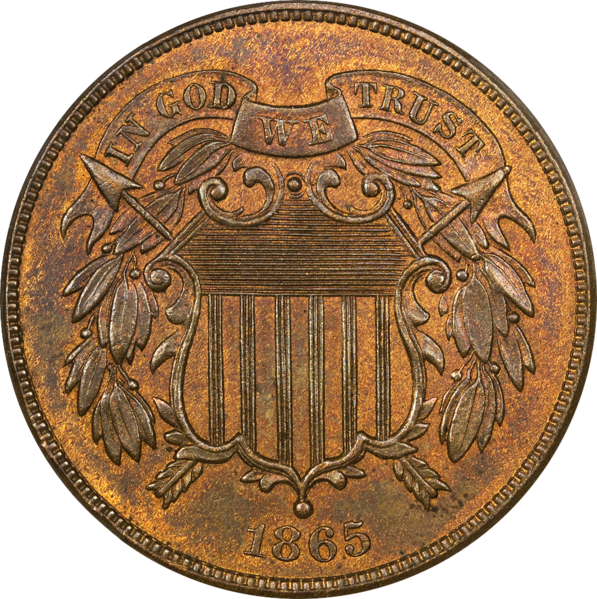 |
| Turkish Delight, the ancestor of the Jelly Bean. |
National Jelly Bean Day
It's not really an official holiday as far as I've been able to determine, but some folks recognize today as National Jelly Bean Day. And for my money, any day's a good day to celebrate candy.If you've ever thought about the history of jelly beans at all, you might think they're a modern invention. Not so. Jelly beans -- or at least the ancestors of jelly beans -- go all the way back to at least the 15th century, and probably much further. These early candies were called lokum, and were made in the Ottoman Empire with honey or molasses for sweeteners and water and flour to bind it all together. The result was a very sweet, jelly-like confectionery. Think about the inside of a jelly bean, and you've about got it.
Lokum could be flavored, of course. Rosewater, mastic, and lemon were all used as flavoring, and chopped dried fruits or nuts could be added to the mix. When it was all mixed together, it was cut into small cubes, and then dusted with something to keep it from sticking together: powdered sugar or cream of tartar, usually.
In the 19th century, a Brit visiting Instanbul got hooked on the goodies, and started shipping it back to England. He called it Turkish Delight. If you've ever read C. S. Lewis's Narnia books, you might remember hearing about it. (And it's not just known from the book, actually. After the movie release of the movie The Chronicles of Narnia: The Lion, the Witch, and the Wardrobe, Turkish Delight sales were said to have soared.)
It was in the 1700's that the panning process was invented that give the jelly beans their candy shell. The process was used first in France on Jordan Almonds. To coat the nuts, they were added into a pan of liquid sugar syrup, and then rocked gently until they were covered all over. This process is basically how jelly beans are created today, although of course now it's all done by machine.
At some point, confectioners started molding the jelly into bean shape, instead of cutting it into squares. Today, this is accomplished by creating a bed of dry corn starch, and then making small "bean-shaped" impressions into it. The liquid candy is squired into the impressions and then allowed to dry.
We're not exactly sure when jelly beans came to America, but they were definitely around by the time of the Civil War. A man named William Schraft was marketing them at that time, and advertising them as a great gift to buy for a departing Union soldier.
By the early 1900's jelly beans were pretty popular as bulk, or "penny" candy. Around the late 1920's or early 1930's they became popular as an Easter confection, probably because their egg shape goes along with all the other fertility and birth symbols that we associate with the coming of Spring. In the 1970's jelly beans got a whole new life when gourmet jelly beans arrived on the scene. And of course, they got a really big boost when President Ronald Reagan announced that they were his favorite candy. Jelly beans have even gone on the space shuttle! I guess I don't have to tell you it was during the Reagan administration.
 |
| An 1865 two-cent piece |
"In God We Trust" to Appear on Coins, 1864
April 22, 1864 was the date that the Coinage Act of 1864 was passed. The Act changed the metal composition of the penny, and authorized the minting of a two-cent piece. The two-cent piece was to be minted with the phrase "In God We Trust" on it.This was the first appearance of the phrase, and arose undoubtedly because of public reactions to the horrors of the Civil War. Over time, "In God We Trust" came to be first allowed, and then required, on all coins, the last being the nickel in 1938.
It was 1956 before the phrase was also required on all currency, as a result of the passing of Public Law 84-140. This was just a year after the phrase "under God" was added to the Pledge of Allegiance. In 1956 "In God We Trust" was officially adopted as the United States' national motto.
No comments:
Post a Comment